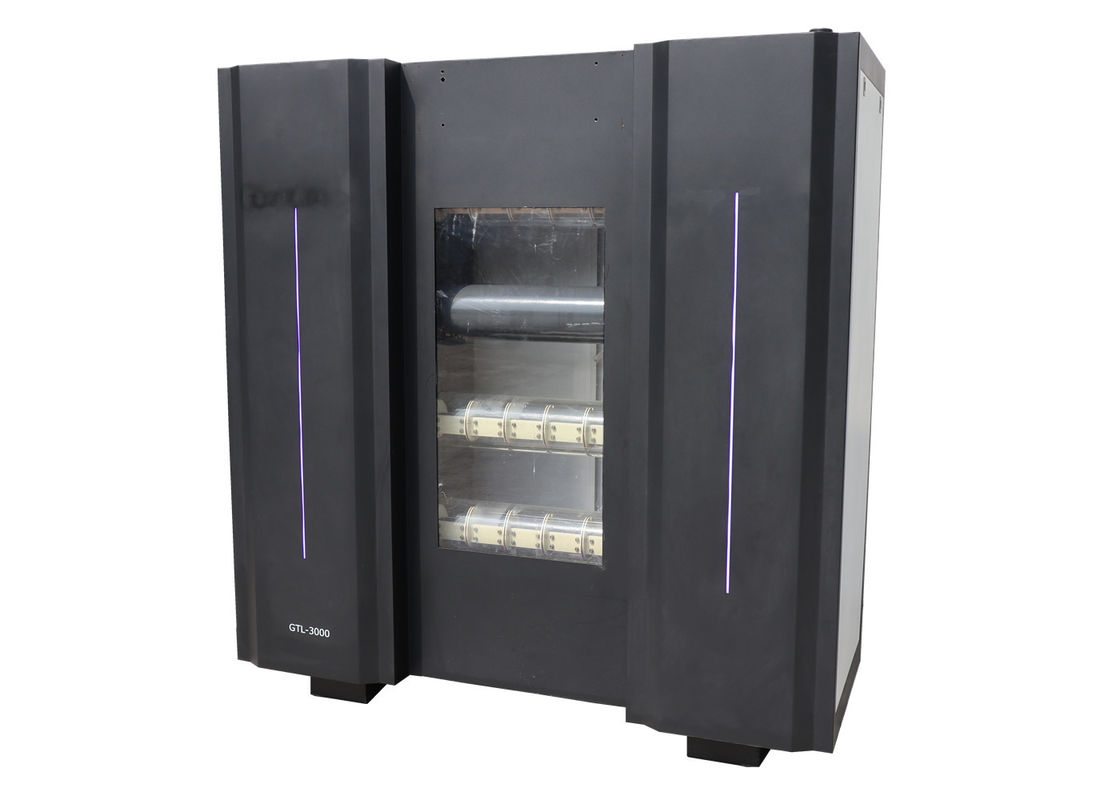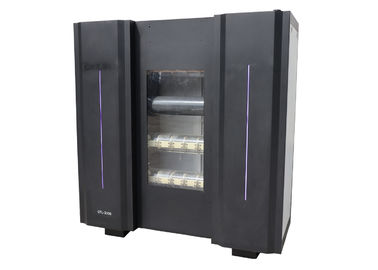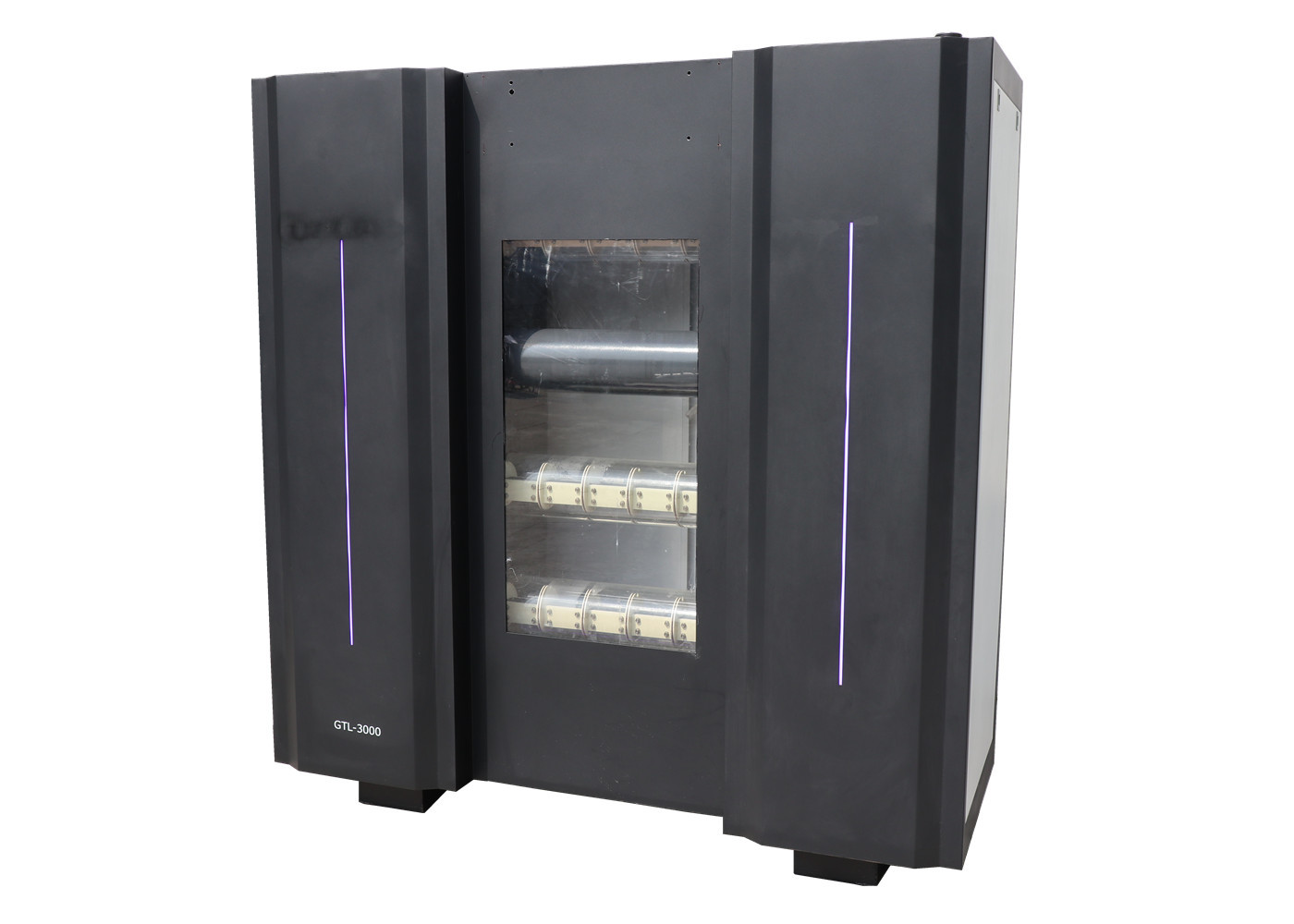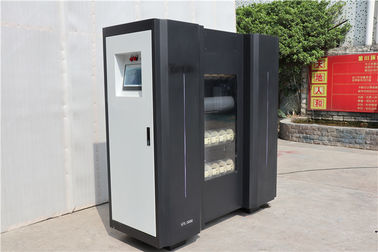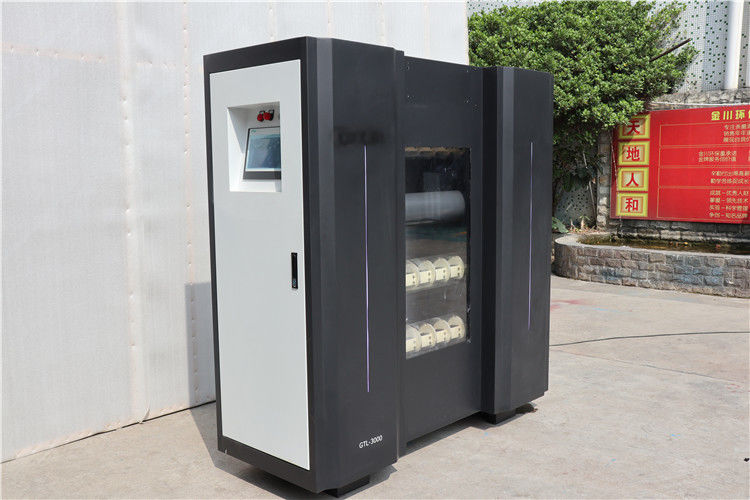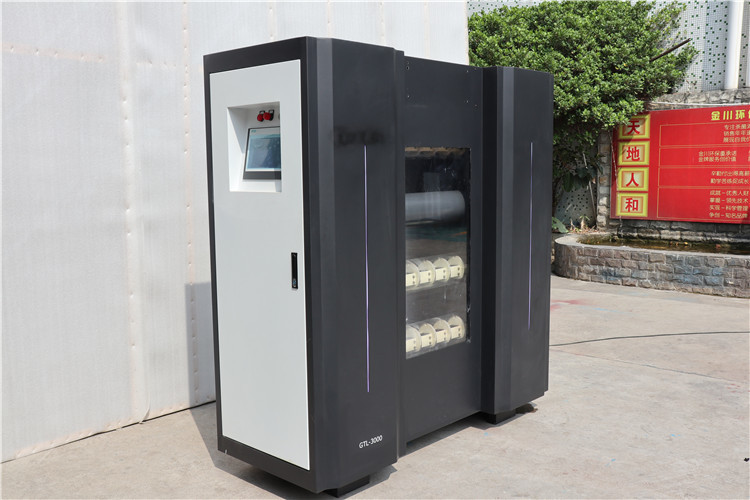Product Description
On Site Sodium Hypochlorite Generation With 8 KG / H Output Available Chlorine
About GEEMBLUE system
The GEEMBLUE system generates a 0.8 % sodium hypochlorite solution through the electrolysis of brine, consuming only water, salt and electricity. By producing hypochlorite on-site and on-demand, the system eliminates concerns associated with transportation and storage of liquefied chlorine gas or commercial sodium hypochlorite solutions, making it ideal for any application requiring chlorination.
The operation of the Geemblue system is simple:
1. Salt Dissolving
Influent water passes through a water softener to reduce hardness therefore reducing the scaling of electrodes. Using softened water to dissolve the salt in a tank to form a concentrated brine solution.
2. Brine Proportioning
The saturated brine will be diluted into 2.5%-3%, the diluted brine can be adjusted and real-time monitored according to the value conductivity meter
3. Brine electrolysis
The diluted brine solution is passed through an electrolytic cell that, using DC current from a rectifier, electrolyzes the diluted brine into a 0.8% solution of sodium hypochlorite
4. Sodium hypochlorite solution storage
The final product 5000-7000 ppm (adjustable) of sodium hypochlorite solution will be kept in the storage tank and the hydrogen will be blown out to the air
5. Dosing
The sodium hypochlorite solution will be delivered into the water by dosing pump and the dosing rate of dosing pump can be adjusted by the feedback data of residual chlorine meter and PLC
WHICH IS THE IDEAL DISINFECTANT?
A. Chlorine Gas—this is too dangerous to handle and not safe in residential areas. Most of the times, they are not available.
B. Bleaching Powder—Calcium Hypochlorite is effective, but the whole process of mixing, settling and disposing off of the sludge is very messy and cumbersome. This makes the whole area dirty. Moreover, the bleaching powder absorbs moisture during monsoon or in wet surroundings and emits chlorine gas, making the bleaching power lose its strength.
C. Liquid Bleach—Liquid Chlorine or Sodium Hypochlorite is very effective. This is in liquid form so very easy to handle. But the commercially available Liquid Chlorine is not only expensive but loses its strength over a period of time and becomes water. The danger of spillage is a common problem.
D. Sodium hypochlorite generator—Very effective, economical, safe and easy to prepare and use. This is the latest technology being adopted in most nations.
Specifications:
| Model |
FAC capacity |
Water treatment capacity |
Salt consumption |
Power consumption |
FAC concentration |
Dimensions |
| GBS-8K-NACLO |
8 kg / h |
16000 ton / day |
3.5 kg / kg Cl2 |
4 kwh / kg Cl2 |
7000~9000 ppm |
2000*800*1600 mm |
Applications and dosing rate:
| Applications |
Dosing rate |
| Water plant |
1~3 ppm |
| Waste water plant |
3~5 ppm |
| Swimming pool |
1~3 ppm |
| Hospital |
10~50 ppm |
| Food & beverage |
1~3 ppm |
| fish pond |
0.3~0.5 ppm |
| Slaughter house |
100~200 ppm |



 Your message must be between 20-3,000 characters!
Your message must be between 20-3,000 characters! Please check your E-mail!
Please check your E-mail!  Your message must be between 20-3,000 characters!
Your message must be between 20-3,000 characters! Please check your E-mail!
Please check your E-mail! 
